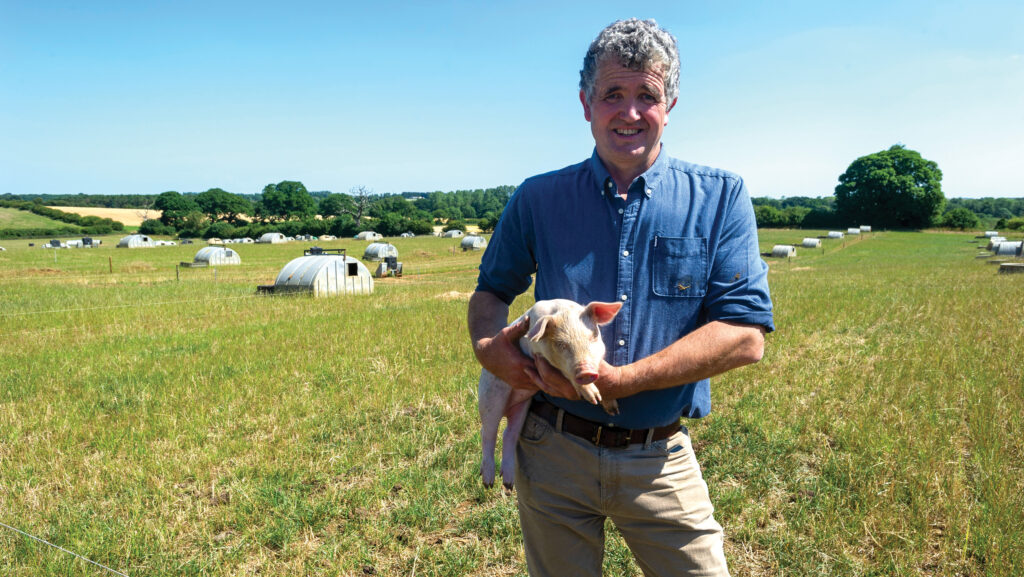Farmer Focus: Basic skills still key to measure pig success
 Rob McGregor © Jason Bye
Rob McGregor © Jason Bye For the past few years, we have started off the year by scheduling in staff appraisals for all our team, including myself.
At the end of the meeting, I set each employee a couple of objectives to work towards and, hopefully, achieve in the months that follow.
In my case, objectives are set by the partners, although I often have a few suggestions.
See also: Why it is important to do a staff learning review
This year, the partners asked if I would start holding monthly staff meetings at both farms where, as a group, we could look at herd performance, focusing on some important data and discussing related topics.
The hope is to promote a deeper knowledge of how the units are performing, where and how we can look to make improvements, as well as help less experienced staff gain a stronger familiarity with all the numbers and abbreviations.
This whole process got me thinking about just how much information we now have available to us relating to our sows.
In the not-that-distant past, some quite large outdoor sow herds would not even have had number tags in sows’ ears.
That meant all management decisions were based on the skilled eye of the stockperson, and instinct.
I guess if a sow performed particularly badly during lactation, she was out.
Today, we have full herd information accessible to us on our phones. Transponder tags link and sink directly to operating software via the wave of a wand, and benchmarking data that not only let us see how we are doing, but also compare 20 pieces of data with the other 34,000 sows in the group.
Technology has allowed all this to happen, and the cost to the business is relatively low.
What we must not do, however, is allow this mass of micro-processed information to kill off our own knowledge of basic analogue measures when assessing business strength.
I remember as a student back in 1986 being asked regularly by my employer “how many piglets are on the field”.
At first, this seemed a very simplistic question, but I came to realise that by knowing piglet numbers, he had a very good idea of how the herd was performing and – most importantly – the value of his sales over the next month.

